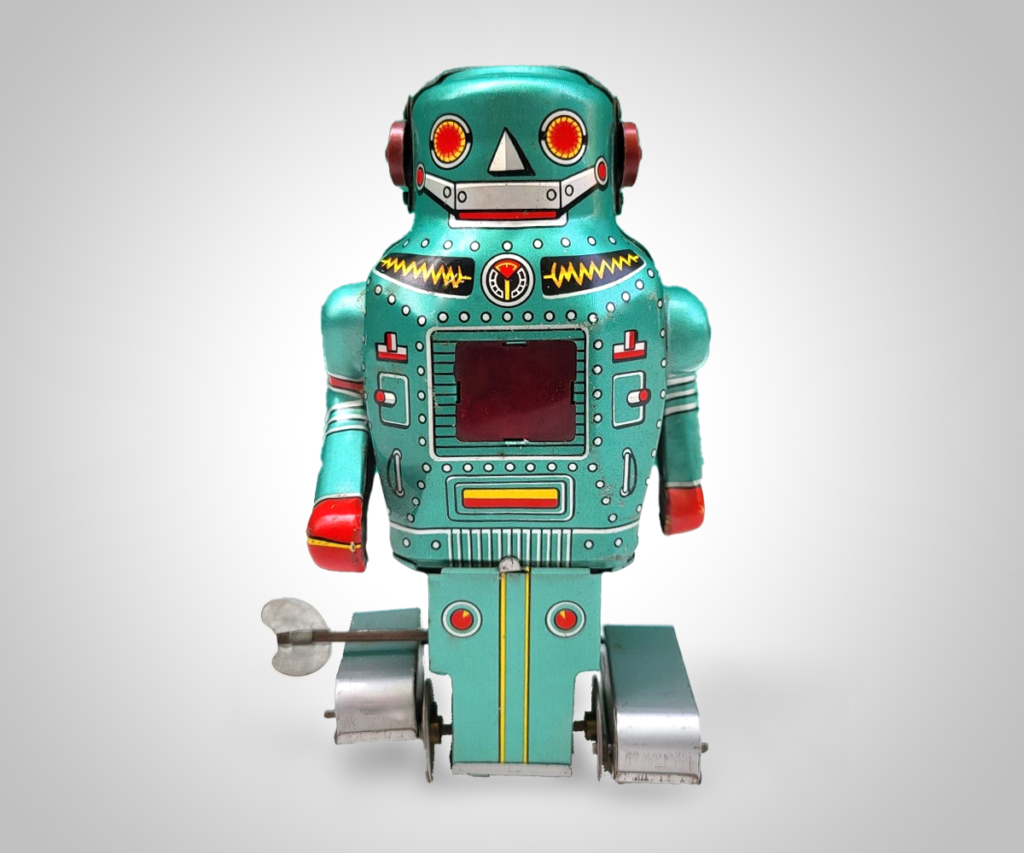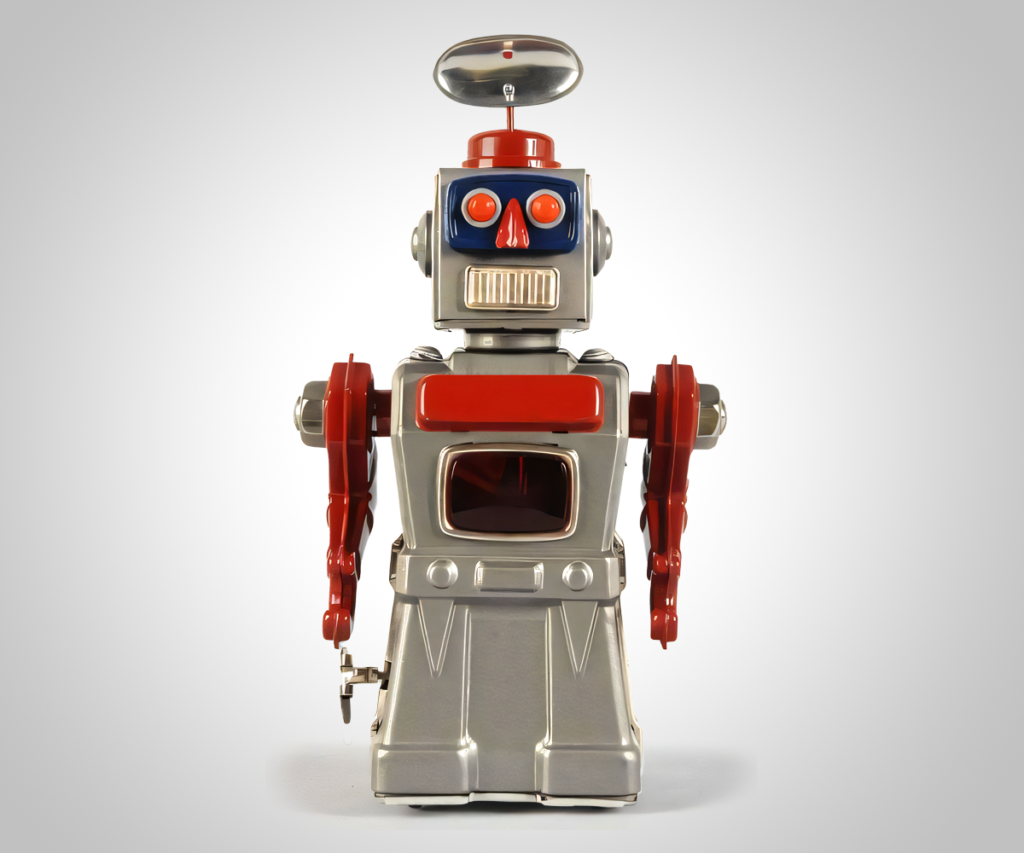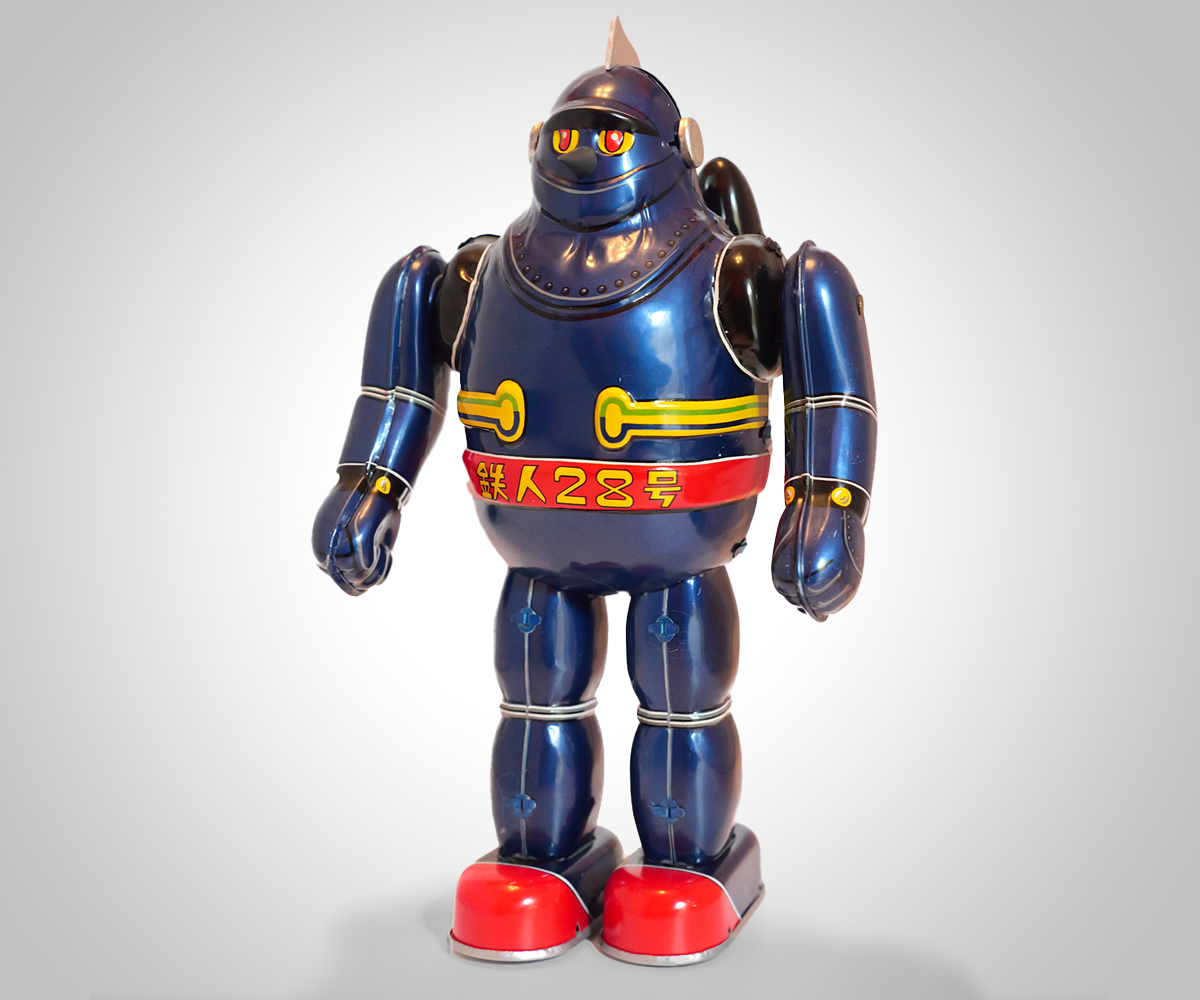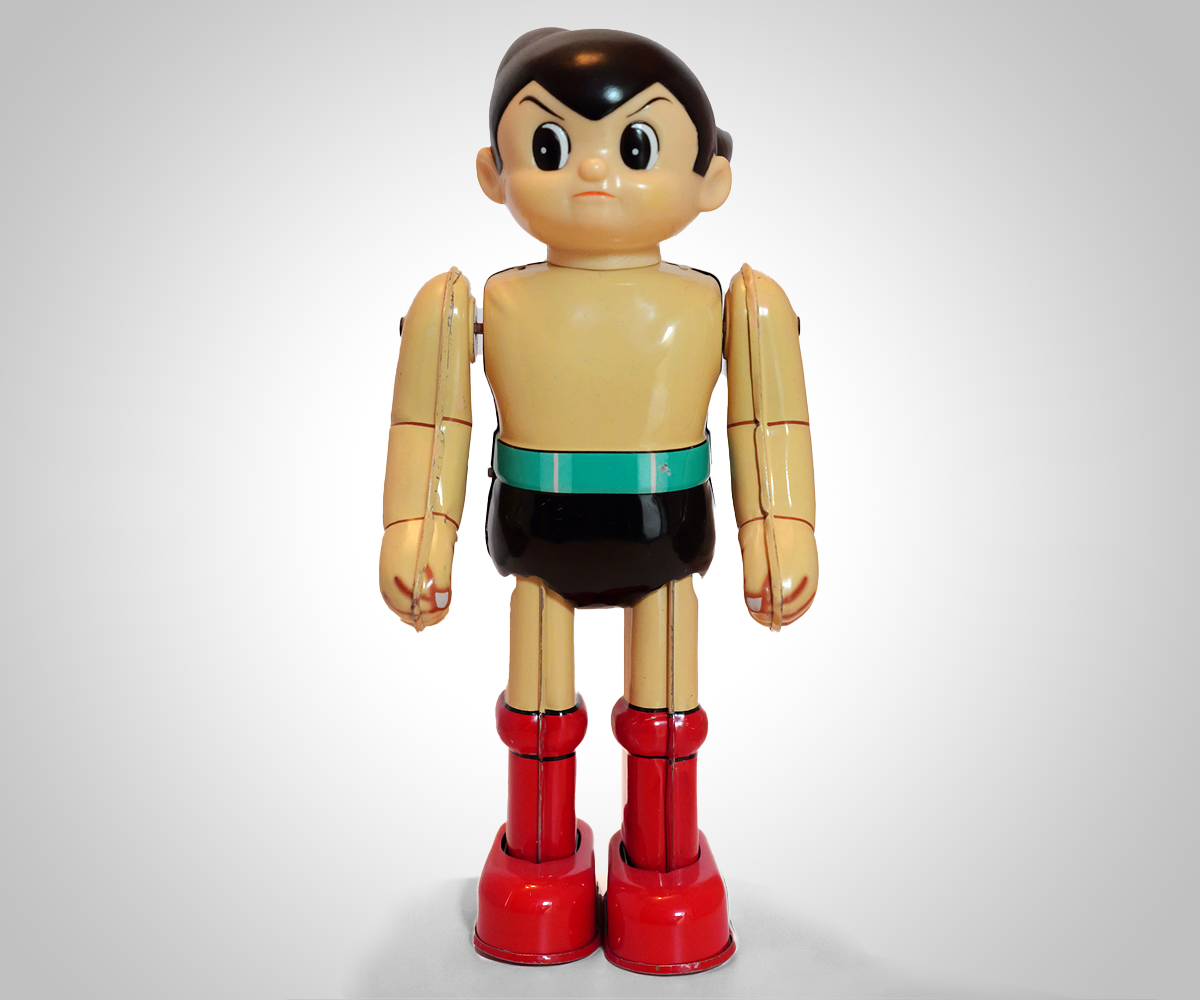Horikawa’s Star Strider holds a cherished place in the hearts of collectors and enthusiasts alike. Originating from the renowned Japanese toy manufacturer, Horikawa, this iconic design saw its inception in the 1970s, utilizing manufacturing molds dating back to the early 1960s.
As the tumultuous 1980s brought challenges to the Japanese tin toy industry, Horikawa faced difficult times alongside its contemporaries. Despite changing tastes and increased competition, the Star Strider endured, representing the pinnacle of Horikawa’s craftsmanship. Even as Horikawa closed its doors in the late 1980s, its legacy lived on through Metal House, which continued production of the Star Strider and other beloved designs. The transition period saw both Horikawa and Metal House names adorning the boxes of Star Strider robots, marking a poignant moment in the toy’s evolution.
Today, the Star Strider remains a nostalgic symbol of retro charm. With its distinctive rotating action and availability in striking red, blue, and metallic green, this timeless toy continues to captivate both children and design enthusiasts alike. From its humble beginnings in the 1960s to its enduring presence in the modern era, the Star Strider stands as a testament to the enduring appeal of classic tin toy design.
























